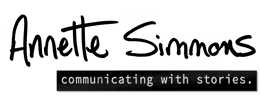Field Management
Guess who drew this map? If you need a tip, the only people who can stop the whole world from exploding is management. Management has the scissors, the fuse is on their side and instead of cutting it they are spending time fighting. All the damage of course will be to the “field.” Headquarter and

